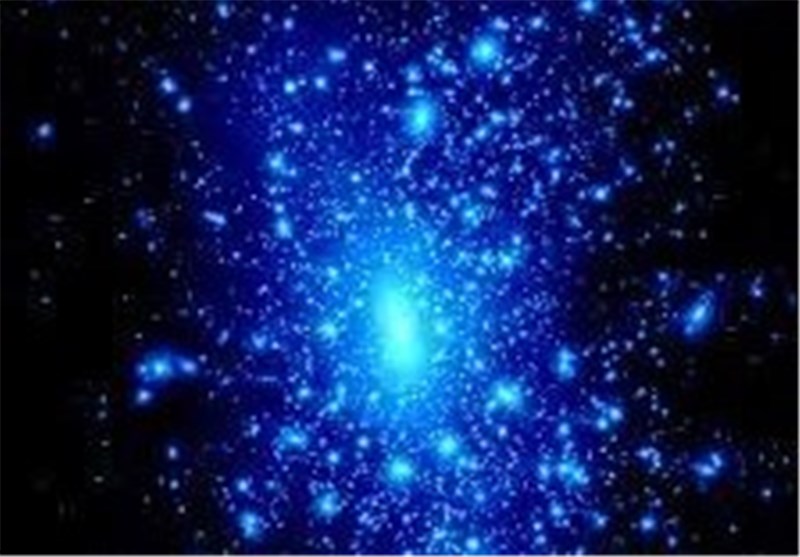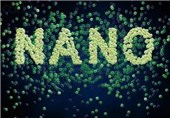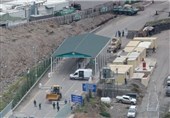Galaxy Cluster Collisions Offer Clues about Dark Matter
TEHRAN (Tasnim) – Dark matter may be even more mysterious and difficult to detect than astrophysicists believed, according to a new study.
Dark matter is a form of "stuff" that makes up 85 percent of the mass of the universe, far more than ordinary matter. However, unlike stars and galaxies, dark matter does not give off radiation, making it impossible to observe directly.
Astrophysicists examined 72 collisions between clusters of galaxies, looking for movements of stars and clouds of gas, as well as telltale signs of dark matter.
Observations taken in visible light using the Hubble Space Telescope were combined with X-ray images from the Chandra Observatory, NASA's telescope that is specially designed to detect X-ray emissions from very hot regions of the universe such as exploded stars, galaxy clusters and matter around black holes. While Hubble data recorded information from stars, gas clouds were featured in the Chandra images.
Although dark matter does not glow in the electromagnetic spectrum, its gravitational influence on visible matter can be felt. Warping of space-time can bend light passing near dark matter in much the same manner as a lens.
Galaxy clusters contain vast quantities of both ordinary and dark matter. Collisions between the systems provide a perfect opportunity to examine how dark matter influences massive collections of traditional matter. By studying the behavior of visible matter, it became possible to infer the location of dark matter.
"We like these collisions because it's exactly what we'd do in the lab. If you want to figure out what something is made out of, you knock it, or you throw it across the room and see where the bits go," Richard Massey of Durham University said.
Researchers found that regions of dark matter passed directly through one another without interacting. Stars had little interaction with each other, as they traveled through mostly empty space. Gas clouds, on the other hand, came to a virtual standstill during the collisions.
"We know how gas and stars react to these cosmic crashes and where they emerge from the wreckage. Comparing how dark matter behaves can help us to narrow down what it actually is," David Harvey from the École Polytechnique Fédérale de Lausanne (EPFL) in Switzerland said.
Previous observations of the Bullet Cluster, a collision between a pair of large galaxy clusters, revealed evidence of dark matter and suggested it exhibited few interactions, even with itself. This new study provides further physical evidence of the presence of dark matter, the existence of which has been theorized since the late 1960s. However, most theories of the nature of the mysterious substance predict that such collisions would have slowed dark matter. Since no such behavior was noted, a new theory about the substance may need to be developed.
Future research could focus on collisions between galaxies, which are far more common than those between galactic clusters.






